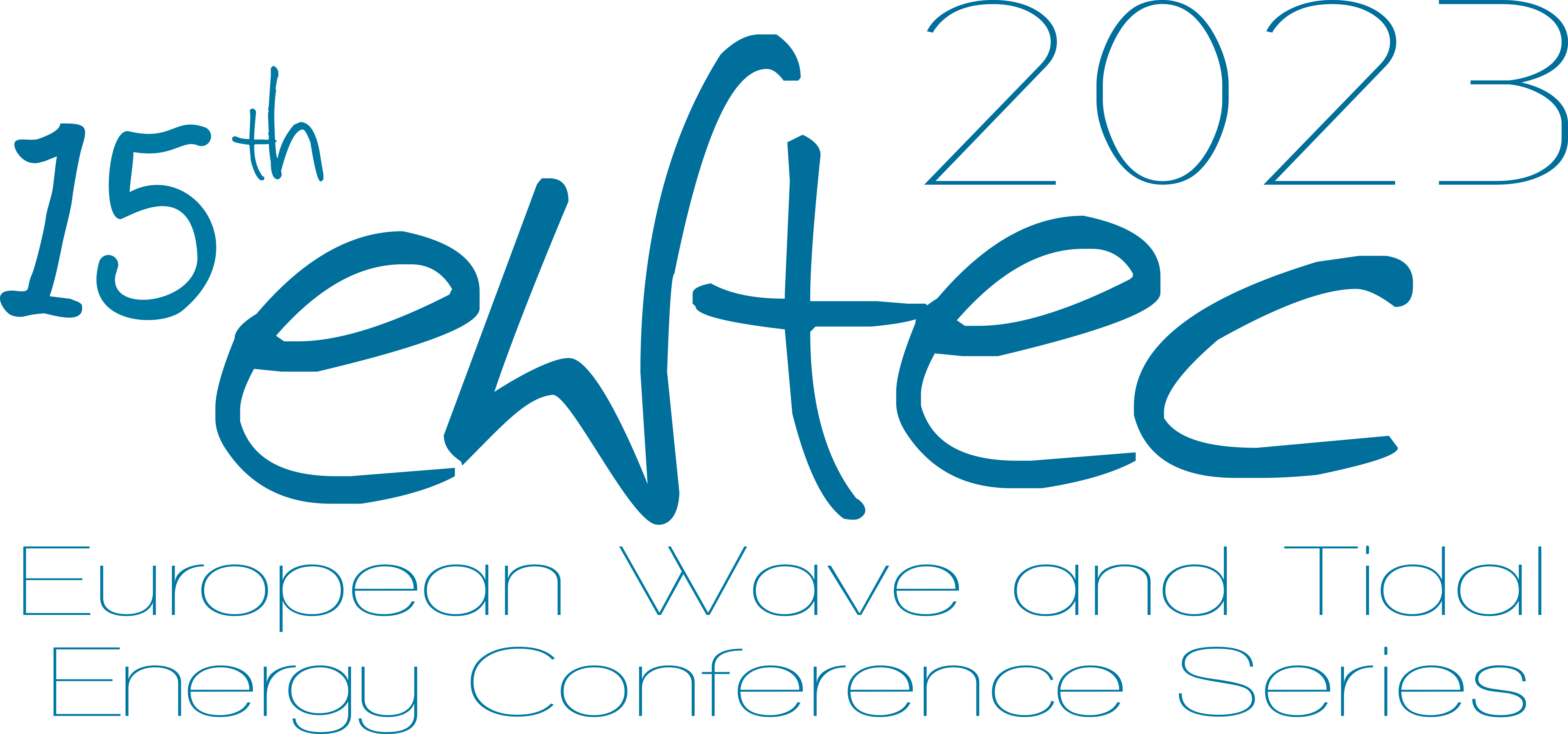On spatial interpolation of ocean energy source variables: A comparative analysis
DOI:
https://doi.org/10.36688/ewtec-2023-619Keywords:
Ocean energy source assessment, Spatial interpolation, Metocean measurements, Radial basis function, Dataset gap fillingAbstract
In the context of wave energy systems development, the estimation of wave parameters such as significant wave height (Hs) and energy period (Te) over the entire ocean surface is of paramount importance. These information are crucial for estimating the energy harvesting potential of deployment sites, designing wave energy converters (WECs), planning optimal maintenance intervention frequency, and assessing the impact of waves on coastal communities. However, measuring Hs and the Te at every point in the ocean is impossible due to the vastness of the ocean and due to the cost and difficulties of installing and maintaining wave instrumentation buoys, since these have to survive in marine environment, which is particularly hostile. As a consequence, the amount of data is too limited and sparse in space for the practical and precise performance of these analyses. To address such data scarcity and sparsity, we analyse in this paper various spatial interpolation techniques employed to fill the spatial gaps in the wave parameter datasets. These techniques are compared in their performances in estimating the wave parameters in space given a set of known measurements in limited sampling locations. Three types of interpolators are considered: linear interpolator, spline interpolator, and radial basis functions (RBFs) interpolator. These algorithms are trained and tested on a public dataset of wave parameters from Copernicus Marine Service in an area between the coastlines of South England and North France. To simulate the available data scarcity and sparsity, only limited percentages of the ocean area are considered covered and available in the training stage (from 0.01% to 1%). The performance of each interpolator is evaluated on the remainder of the considered area in terms of Normalized Root Mean Square Error (NRMSE) and on the Normalized Mean Absolute Error (NMAE) achieved by the algorithm in reconstructing the parameters at these unsampled locations. The results of this study demonstrate the feasibility of spatial gap-filling of wave parameters, and demonstrates that the RBF algorithm outperforms the other two algorithms both in performances and, even more, in terms of robustness to different training points sampling.
Downloads
Published
Issue
Track
Categories
License
Some rights reserved. Please see https://ewtec.org/proceedings/ for more details.

